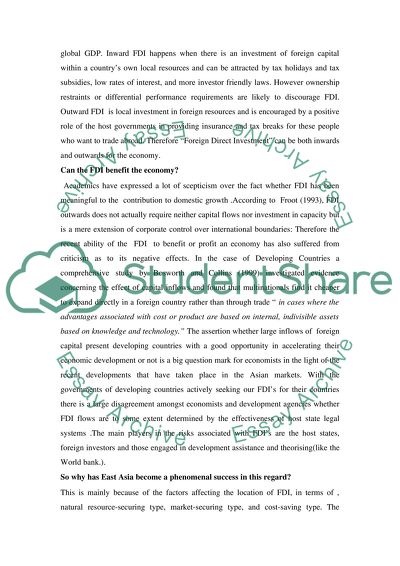Cite this document
(Foreign Direct Investment Assignment Example | Topics and Well Written Essays - 2250 words - 8, n.d.)
Foreign Direct Investment Assignment Example | Topics and Well Written Essays - 2250 words - 8. https://studentshare.org/macro-microeconomics/1546689-international-business
Foreign Direct Investment Assignment Example | Topics and Well Written Essays - 2250 words - 8. https://studentshare.org/macro-microeconomics/1546689-international-business
(Foreign Direct Investment Assignment Example | Topics and Well Written Essays - 2250 Words - 8)
Foreign Direct Investment Assignment Example | Topics and Well Written Essays - 2250 Words - 8. https://studentshare.org/macro-microeconomics/1546689-international-business.
Foreign Direct Investment Assignment Example | Topics and Well Written Essays - 2250 Words - 8. https://studentshare.org/macro-microeconomics/1546689-international-business.
“Foreign Direct Investment Assignment Example | Topics and Well Written Essays - 2250 Words - 8”. https://studentshare.org/macro-microeconomics/1546689-international-business.


